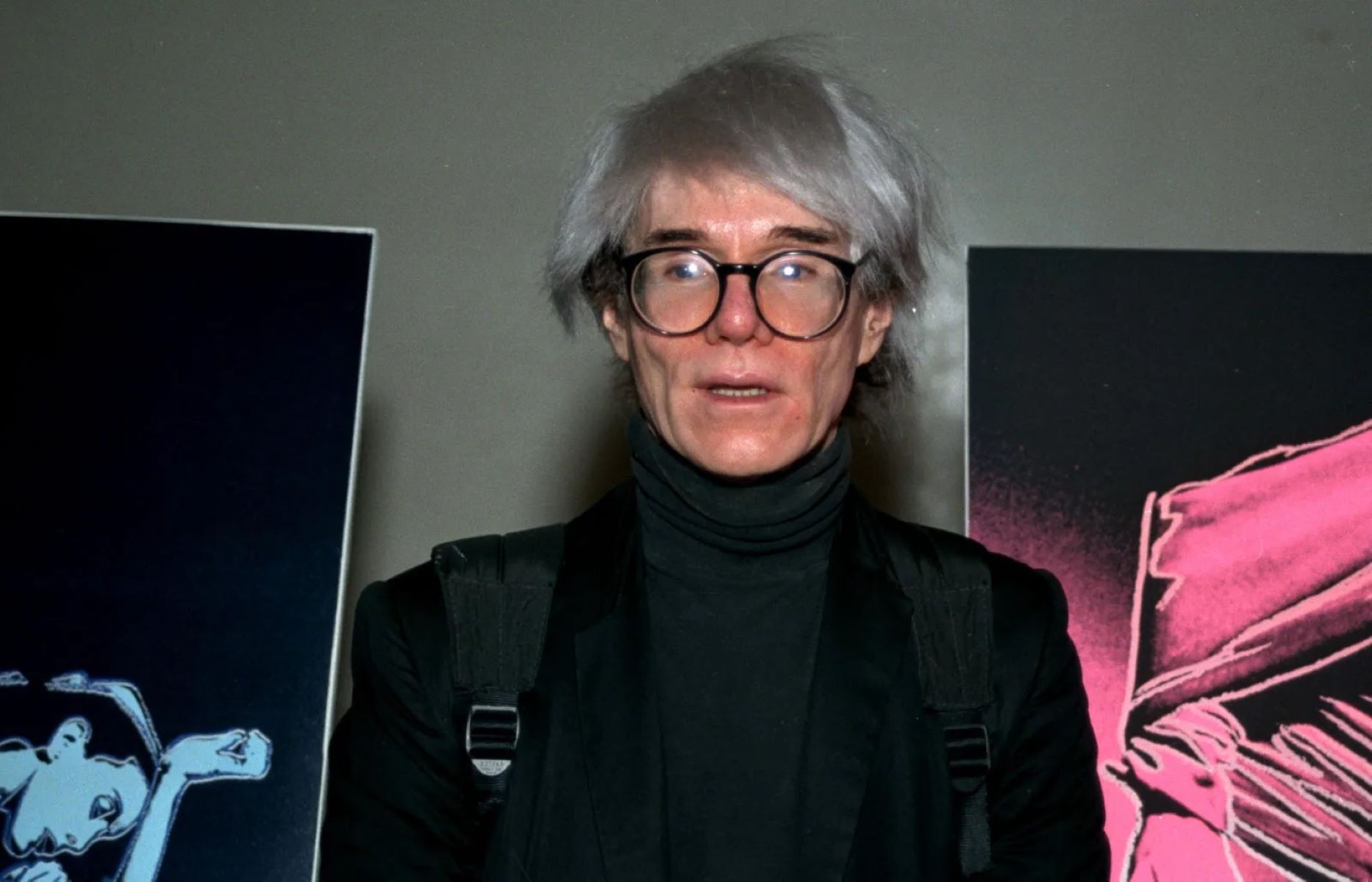The Surprising Impact Of Andy Warhol On Modern Art

Andy Warhol changed how we see art today. His work made everyday items like soup cans and soda bottles into something special. Warhol's style, known as Pop Art, used bright colors and simple shapes. This made his art easy to recognize. He also used new ways to make art, like screen printing. This allowed him to create many copies of the same piece. Warhol's art showed that anything could be art if you looked at it differently. His influence can still be seen in today's art, fashion, and even advertising. Warhol truly left a lasting mark on the world.
The Birth of Pop Art
Andy Warhol's influence on modern art began with the Pop Art movement. This genre, characterized by its use of popular culture and mass media, revolutionized how art was perceived and created.
Campbell's Soup Cans: Warhol's series of 32 canvases, each depicting a different flavor of Campbell's soup, challenged traditional notions of art. By using everyday objects, he blurred the lines between high art and commercialism.
Marilyn Diptych: This iconic piece features 50 images of Marilyn Monroe, half in color and half in black and white. Warhol's repetition of Monroe's image highlighted the commodification of celebrity culture.
Brillo Boxes: Warhol's Brillo Boxes, which replicated supermarket packaging, questioned the distinction between art and consumer goods. This work emphasized the role of mass production in contemporary society.
The Factory: A Creative Hub
Warhol's studio, known as The Factory, became a melting pot of creativity and innovation. It was here that he collaborated with other artists, musicians, and filmmakers, pushing the boundaries of traditional art forms.
Silk Screen Printing: Warhol popularized this technique, allowing him to produce multiple copies of a single image. This method democratized art, making it more accessible to the masses.
Exploding Plastic Inevitable: A multimedia performance featuring The Velvet Underground, this event combined music, film, and art in a groundbreaking way. It showcased Warhol's ability to merge different artistic disciplines.
Interview Magazine: Founded by Warhol, this publication focused on celebrity culture and the arts. It provided a platform for emerging artists and became an influential voice in the art world.
Challenging Artistic Norms
Warhol's work often questioned and subverted traditional artistic norms. His approach to art was both provocative and thought-provoking, leaving a lasting impact on modern art.
Death and Disaster Series: This series of paintings depicted car crashes, suicides, and other tragic events. By presenting these images in a repetitive, almost desensitized manner, Warhol forced viewers to confront the darker aspects of modern life.
Self-Portraits: Warhol's numerous self-portraits explored themes of identity and self-perception. His use of bold colors and unconventional compositions challenged conventional portraiture.
Time Capsules: Warhol created over 600 "time capsules," which were simply boxes filled with everyday items. These collections provide a unique glimpse into his life and the cultural landscape of his time.
Influence on Contemporary Artists
Warhol's impact extends far beyond his own work. Many contemporary artists draw inspiration from his techniques, themes, and approach to art.
Jeff Koons: Known for his balloon animal sculptures, Koons' work reflects Warhol's fascination with consumer culture and mass production.
Damien Hirst: Hirst's use of repetition and commercial imagery, such as his series of spot paintings, echoes Warhol's influence.
Banksy: The anonymous street artist often incorporates Warholian themes of celebrity and commodification in his work, blending social commentary with visual art.
Warhol's Legacy in Modern Art
Andy Warhol's legacy continues to shape the art world today. His innovative techniques, provocative themes, and unique approach to art have left an indelible mark on modern art.
Art Auctions: Warhol's works consistently fetch high prices at auctions, reflecting their enduring value and influence.
Museum Exhibitions: Major museums around the world regularly feature Warhol's work, highlighting his significance in art history.
Cultural References: Warhol's influence can be seen in various aspects of popular culture, from fashion to film, demonstrating his lasting impact on society.
Warhol's Lasting Influence on Art
Andy Warhol changed modern art forever. His bold use of color, celebrity culture, and everyday objects made art more accessible. Warhol's pop art movement blurred the lines between high art and popular culture, making people rethink what art could be. His work continues to inspire artists, designers, and creatives around the world.
Warhol's innovative techniques like screen printing allowed for mass production, making art more democratic. His fascination with fame and consumerism still resonates today, reflecting society's ongoing obsession with these themes. Warhol's legacy lives on in galleries, museums, and even in advertising and fashion.
Understanding Warhol's impact helps us appreciate the evolution of art and its role in society. His influence is undeniable, and his work remains a cornerstone of modern art history. Warhol didn't just make art; he made art history.

